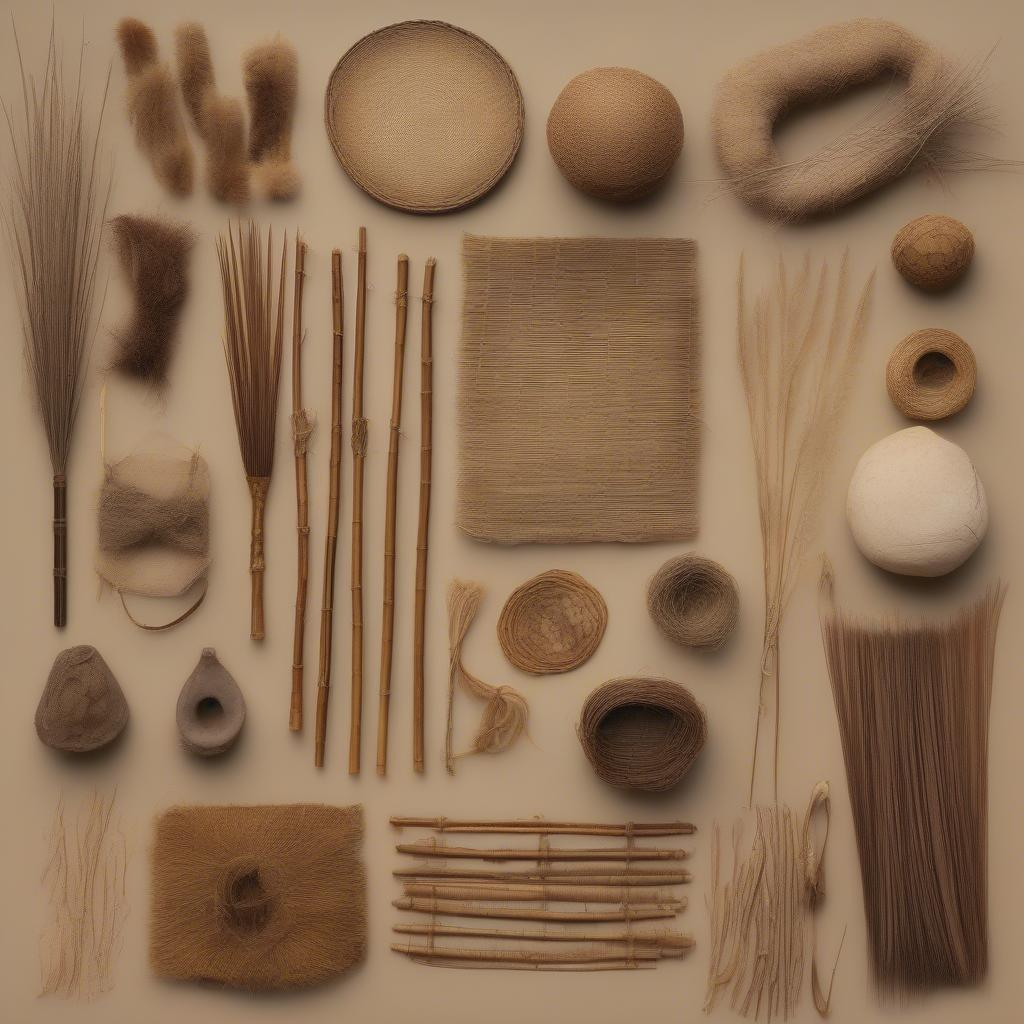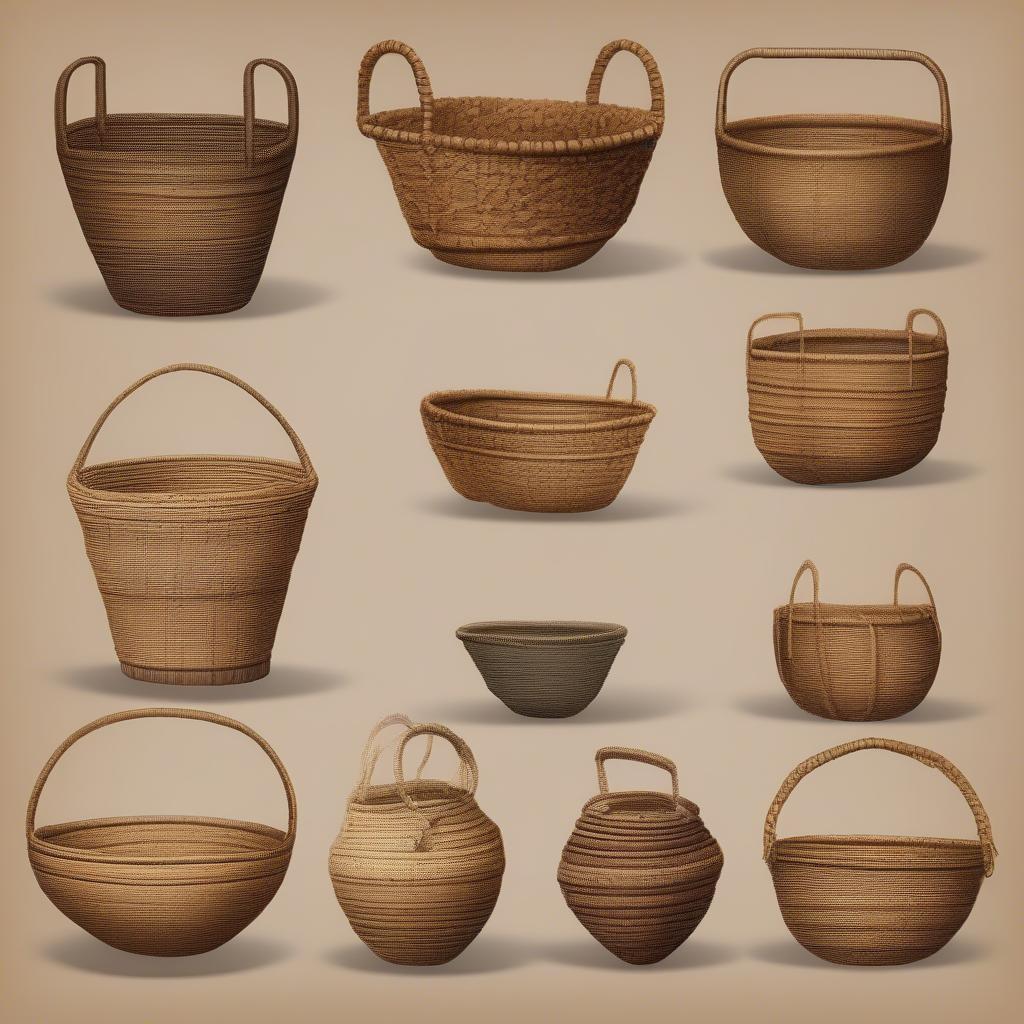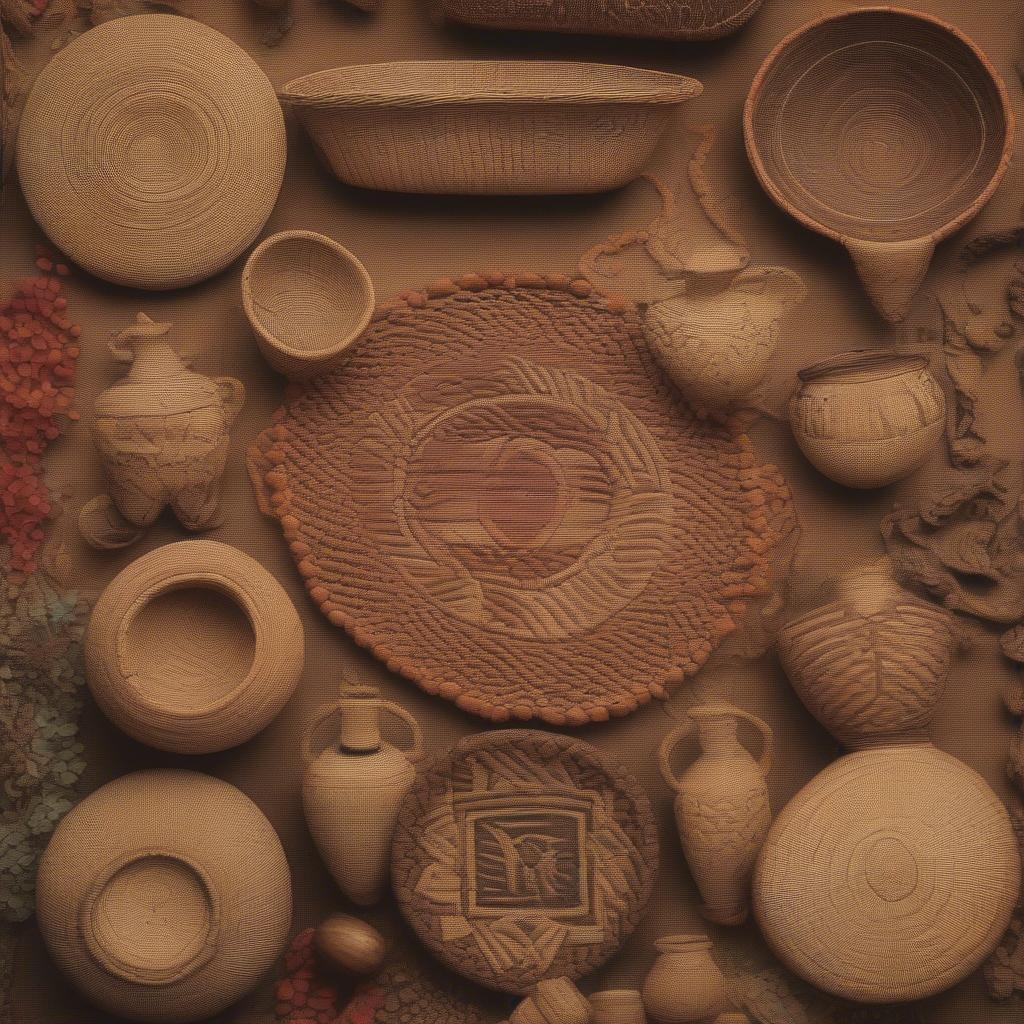Basket Weaving
Style and Design of Weaving Baskets in Olden Days
The Style And Design Of Weaving Baskets In Olden Days offer a fascinating glimpse into the artistry and practicality of past cultures. From simple utilitarian containers to intricate works of art, these baskets reflect the resources, traditions, and creativity of the people who made them. Let’s delve into the captivating world of ancient basketry.
The Materials and Techniques of Ancient Basket Weavers
 Ancient Basket Weaving Materials: Reeds, Grasses, and Bark
Ancient Basket Weaving Materials: Reeds, Grasses, and Bark
Ancient basket weavers were masters of utilizing readily available natural resources. Materials varied depending on the geographic location and the specific needs of the community. Common materials included reeds, grasses, bark, vines, and even animal hides. These materials were carefully selected and prepared, often involving soaking, drying, and splitting to achieve the desired flexibility and strength.
The techniques employed by ancient basket weavers were as diverse as the materials they used. Coiling, twining, plaiting, and wickerwork were among the common methods, each producing a distinct look and feel. These techniques were often passed down through generations, becoming an integral part of cultural heritage.
Basketry: More Than Just Containers
 Ancient Baskets: Functions in Rituals and Daily Life
Ancient Baskets: Functions in Rituals and Daily Life
While primarily used for practical purposes such as storage and transportation, baskets also held symbolic and ceremonial significance in many cultures. They were often used in rituals, ceremonies, and as offerings, showcasing their importance beyond their utilitarian function. The intricate designs and decorations woven into these baskets often reflected cultural beliefs and stories, making them valuable artifacts.
How Did Geography Influence Basket Design?
Geographic location played a crucial role in the style and design of ancient baskets. In areas with abundant reeds and grasses, tightly woven baskets were common. In regions with access to strong vines or bark, more robust and larger baskets were created. The environment dictated not only the materials available but also the types of baskets needed for specific tasks.
Were Ancient Baskets Decorated?
 Ancient Basket Decoration Patterns and Symbolism
Ancient Basket Decoration Patterns and Symbolism
Yes, many ancient baskets were decorated with elaborate patterns, dyes, and embellishments. Natural dyes derived from plants and minerals were used to create vibrant colors, while shells, feathers, and beads added ornamental flair. These decorations often held symbolic meaning, representing clan affiliations, spiritual beliefs, or stories passed down through generations.
The Legacy of Ancient Basket Weaving
The style and design of weaving baskets in olden days continues to inspire contemporary basket makers and artists. The ingenuity and artistry of ancient weavers are preserved in museum collections and archaeological discoveries, offering a tangible link to the past. Yellow hornets weave basket using similar techniques. Learning about these ancient techniques and designs allows us to appreciate the rich history and cultural significance of basketry.
Conclusion
The style and design of weaving baskets in olden days provides a window into the lives and creativity of our ancestors. From the materials they used to the techniques they employed, ancient basketry reflects the ingenuity and resourcefulness of past cultures. By studying these ancient crafts, we gain a deeper appreciation for the artistry and cultural heritage of basket weaving.
FAQs
- What were the most common materials used in ancient basket weaving? Common materials included reeds, grasses, bark, vines, and even animal hides.
- How did ancient people decorate their baskets? They used natural dyes from plants and minerals, and added shells, feathers, and beads.
- What were the main functions of baskets in ancient times? Baskets were used for storage, transportation, and also played a role in rituals and ceremonies.
- How did geography influence basket design? The available materials and the specific needs of the community dictated the design and size of the baskets.
- Where can I learn more about ancient basket weaving? Museums, archaeological sites, and historical societies are good resources.
- How did ancient basket weaving techniques differ? Techniques like coiling, twining, plaiting, and wickerwork each created a distinct basket style.
- Are ancient basket weaving techniques still used today? Yes, many contemporary basket makers continue to draw inspiration and knowledge from ancient techniques.
Need help? Contact us at Hanoi, Vietnam or Tech Avenue, Suite 12, San Francisco, CA 94105, USA. We have a 24/7 customer service team.
